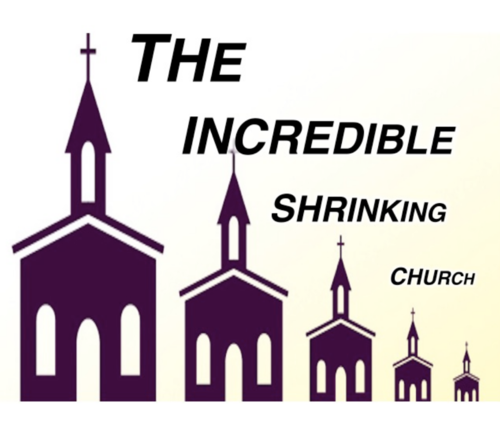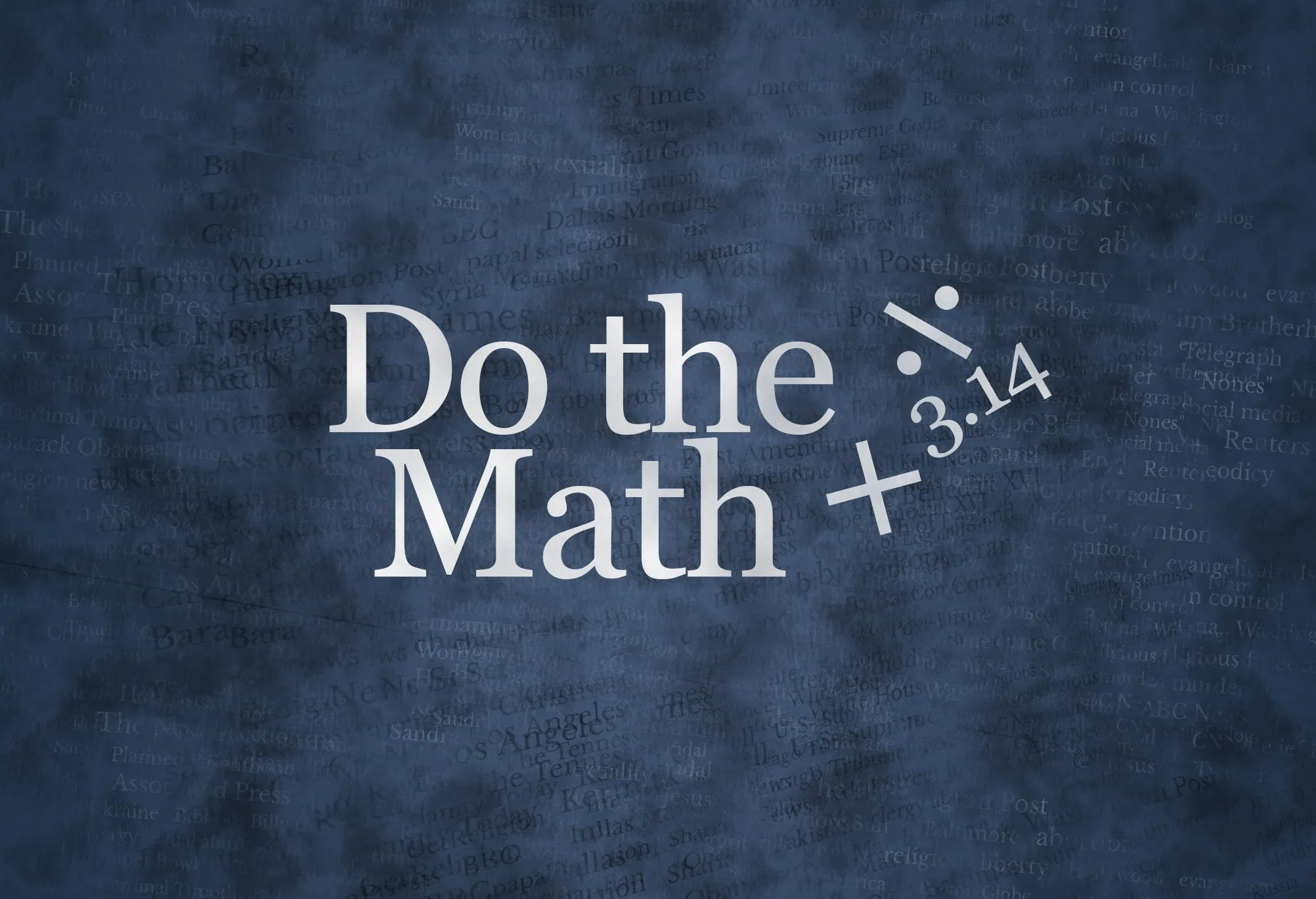It’s certainly been a volatile year on social media (#DUH).
Twitter is my platform of choice. It does exactly what I need it to do because it’s such a visual medium.
Post a graph. Write 50 or 60 words and then wait a few minutes to see what happens.
In many ways, it’s the antithesis of what it means to be an academic. We are taught to qualify every statement, to never engage in hyperbole, to use 1,000 words when 500 would do. Twitter has been teaching me over the last five years about how to visualize data in the simplest manner possible. It’s taught me that if the average reader can’t understand the point I’m trying to make in 280 characters, then it’s probably not worth making.
Then, Elon Musk bought the whole company. I can’t say that I agree with every decision that he is making in steering the Blue Bird Site, but I honestly don’t have a great alternative. So, I will go down with the ship, I suppose.
But, the end of the year always offers a nice opportunity to pause and reflect on what “worked” on Twitter. Out of the nearly 1,400 tweets I sent this year, I wanted to take the opportunity to catalog the five tweets that got the most retweets in 2022. Here they are in reverse order.
5. Education and Religion
I swear I could post a variation of this one once a month and it would get a ton of attention. It’s a really simple bit of analysis, to be honest.
The conclusion is straightforward and widely known among quantitative scholars of American religion. Folks with a higher level of education are more likely to align with a religious tradition and less likely to say that they are a religious “none.”
This reality replicates in every dataset that I’ve ever seen. Yet, it comes as an absolute shock to people on Twitter. Why is that? Any thoughts?










